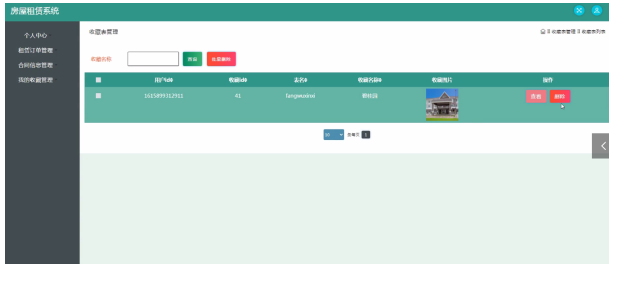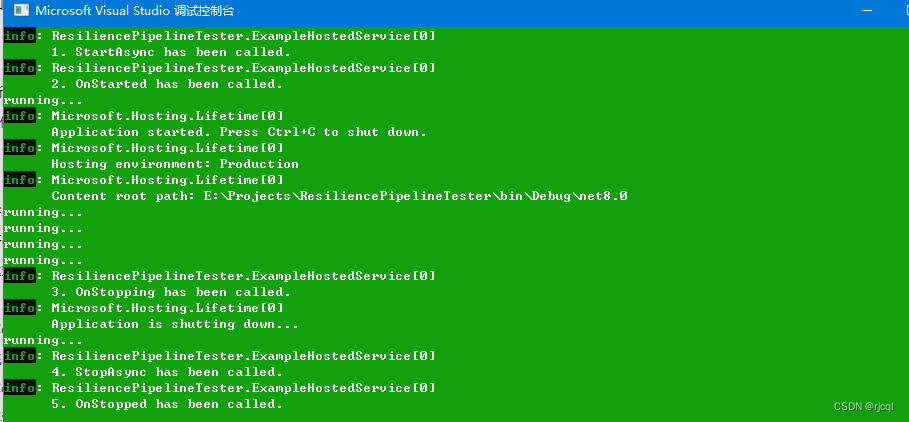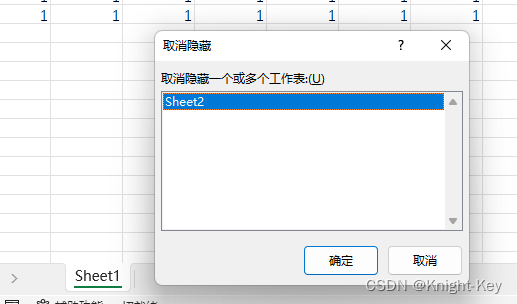文章目录
- 安装Python
- 安装pip
- 安装Jupyter
- 启动Jupyter Notebook
- 1. 生成配置文件
- 2. 创建密码
- 3. 修改jupyter notebook的配置文件
- 4. 启动jupyter notebook
- 5. 远程访问jupyter notebook
安装Python
确保你的系统上已经安装了Python。大多数Linux发行版都预装了Python。你可以在终端中运行以下命令来检查是否已安装:
python --version
python3 --version
Jupyter目前更倾向于与Python 3.x 版本一起使用。因此,我建议你安装Python 3.x,并使用该版本来安装和运行Jupyter。
sudo yum update
sudo yum install python3
安装pip
pip是Python的包管理工具,用于安装和管理Python库。在终端中运行以下命令来安装pip:
sudo yum install python3-pip
安装Jupyter
使用pip安装Jupyter。运行以下命令:
# 更新pip3到最新版本
pip3 install --upgrade pip
# pip安装jupyter notebook
pip3 install jupyter
这一步执行较慢,可以等会儿。
把jupyter添加到环境变量。
# 显示jupyter所在目录
~ pip3 show jupyter
Location: /usr/local/lib/python3.6/site-packages
把Jupyter添加到环境变量
-
查找Jupyter的安装位置:
查找Jupyter可执行文件的安装位置。你可以使用以下命令找到:find / -name jupyter上述命令可能需要一些时间,因为它会搜索整个文件系统。找到类似
/usr/local/bin/jupyter的路径。 -
将Jupyter路径添加到PATH:
打开你的bash配置文件,通常是~/.bashrc或~/.bash_profile。使用文本编辑器打开该文件:vi ~/.bashrc 或者 nano ~/.bash_profile -
在文件的末尾添加以下行(将
usr/local/bin替换为上面找到的Jupyter可执行文件的路径):export PATH="/usr/local/bin:$PATH"保存并退出文本编辑器。
-
使更改生效:
source ~/.bashrc或者
source ~/.bash_profile
启动Jupyter Notebook
1. 生成配置文件
jupyter notebook --generate-config
会生成一个jupyter_notebook_config.py文件。
2. 创建密码
jupyter notebook password
输入两次密码,然后他会自动帮你把生成含有密码的hash码输入到jupyter_notebook_config.json文件。
3. 修改jupyter notebook的配置文件
- 打开配置文件
vim jupyter/jupyter_notebook_config.py
- 在该文件中做如下修改或直接在文件尾端添加:
c.NotebookApp.allow_remote_access = True #是否允许远程访问,默认False
c.NotebookApp.allow_root = True #是否同意jupyter以root身份运行,默认False
c.NotebookApp.ip = '0.0.0.0' #允许所有ip访问
c.NotebookApp.notebook_dir = '/root/jupyter_notebooks' #自定义工作区,目录要自己预先创建。
c.NotebookApp.open_browser = False #是否在键入jupyter时打开浏览器
c.NotebookApp.password = 'argon2:xxxxxxxxx' #jupyter server密码,从jupyter_notebook_config.json 复制出来。
c.NotebookApp.port = 8888 #jupyter的监听端口,默认8888
4. 启动jupyter notebook
jupyter notebook
# 或使用nohup后台运行
nohup jupyter notebook &
5. 远程访问jupyter notebook
浏览器输入http://ip:8888, 会让你输入密码,密码即为你上面设置的。












